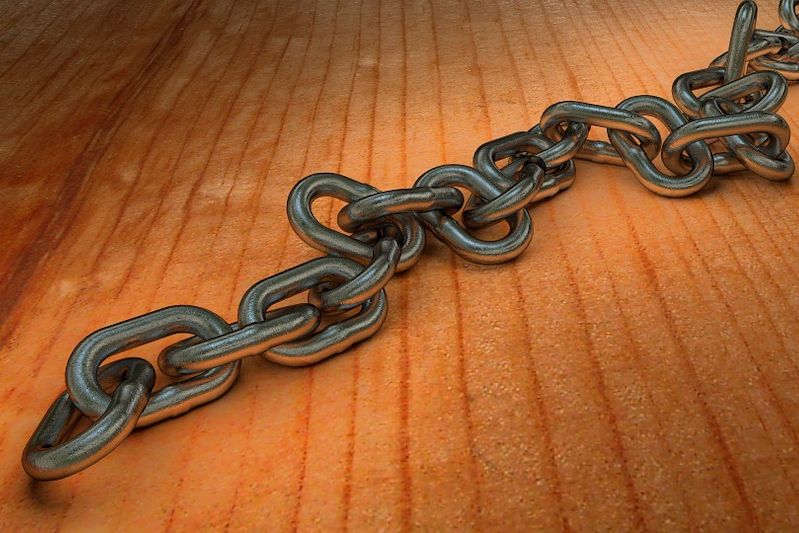Sex Addiction 1/7: What is Sex Addiction?
-
-
Thaddeus Birchard
Psychosexual therapist Dr Thaddeus Birchard founded the first UK centre for sex addiction treatment, and pioneered training for therapists working with compulsive sexual behaviour. In this new seven-part blog series, he summarises what he has learned about this still stigma-ridden issue – beginning today with how we might define and conceptualise sex addiction.

I am writing this blog series to throw some light on the concept of sex addiction for the benefit of psychotherapists and other health care professionals. I became interested in addiction when I identified myself as an addict and, more importantly, identified the narcissistic damage that underpins my addiction, and all addiction – ‘the burden of selfhood’.
Defining Sex Addiction
For this first blog, I want to focus on defining sex addiction. While I use the words ‘sexual addiction’ in promotion of our work, I rarely use the words in the consulting room. In the room, I usually talk about ‘a pattern of sexual behaviour which is problematic for you and/or for those you love’.
Take John (not his real name), for instance, who referred himself to our clinic – The Marylebone Centre for Psychological Therapies. When I asked him ‘What brings you here?’ he said he had a problem with internet pornography. Enquiring further, I said, ‘Tell me about the patterns of use’. John said that he looked at internet pornography every day, all day long. He was on sick leave, and had been for three months. I think that most people would describe that as a compulsive pattern of behaviour. It was hardly a recreational choice. He had decided that it had become a major problem.
The term ‘addiction’ comes from the Latin addicare, which means ‘taken over by something or someone more powerful than oneself’. In this sense, it is an apt word to describe human sexuality. The sex drive is a powerful drive, heavily rewarded with intense pleasure. All the words associated with addiction – compulsion, ecstasy and drive – in their etymology suggest overwhelming power. Drive means ‘to be pushed from behind’. Compulsion means ‘forced to do something’ and ecstasy means ‘driven out of one’s mind’ (losing the cognitive).
The DSM (Diagnostic and Statistical Manual of Mental Disorders) 5 has not included sex addiction in its categories of disorders for lack of available peer reviewed information. However, ICD (International Classification of Diseases) 11 had included it in its own categories. This is useful when writing to medical doctors because a code is provided. The therapist can point to an acknowledged medical authority to back up an assessment of sexual addiction. It is also useful in court reports.
Four Criteria Characterising Sex Addiction
In working with people who self-identify as sex addicts, I take them through the four main criteria that characterises the behaviour:
1. It feels out of control with a tendency to escalate
2. People can stop but they cannot stay stopped
3. The behaviour brings harmful consequences
4. The behaviour has a function – to relieve negative affect states
The last of these is the most important. It is not the use of sex for procreation or recreation but as an anaesthetic to suppress negative affect. One could equally, and perhaps more harmfully, use alcohol or recreational drugs. It is not really about sex but about the negative affect state that drives the behaviour.
Sex Addiction and Negative Affect States
Baumeister, who has written widely on the nature of the self, calls addiction an, ‘escape from the burden of selfhood’. In my research, and reflected in clinical practice, the burden of selfhood can be made up of one, or more, of the following negative affect states:
· boredom (some people are boredom-prone)
· depression
· stress and anxiety
· toxic pervasive shame
· existential loneliness
The three I seem most in my clinical practice are anxiety, loneliness and shame. It is the self, routinely experienced as painful and unacceptable.
The Importance of Self-Diagnosis
Let us go back to the idea that sex addiction is only a problem if it is a problem. In truth, the only person who can make a diagnosis of sex addiction is the person himself. I say, ‘himself’, because sex addiction is largely a male problem. Women tend to be relationship addicts. This is often called ‘love addiction’.
In my blog next Friday, I will outline the treatment interventions for compulsive sexual behaviour. All effective treatment programmes use CBT (cognitive behavioural therapy) as the treatment modality even if they do not realise that it is CBT. This therapeutic modality is fundamentally aimed at changing a behavioural pattern. Changing a cognition can lead to a change of feeling.